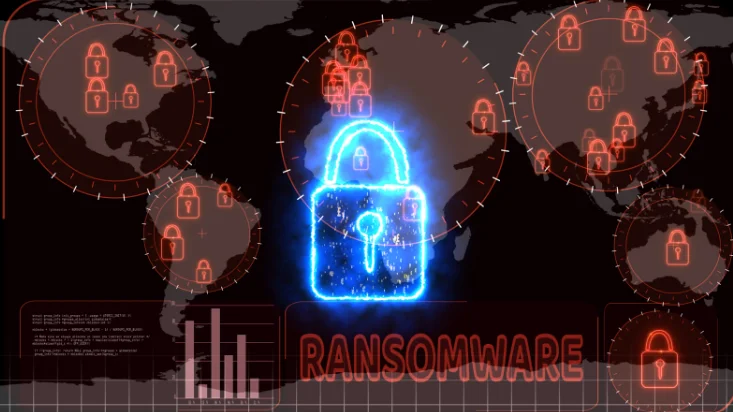
Both organizations and people are looking for effective methods to engage with their audience in the fast-paced world of communication. Messaging applications and bulk messaging services are two popular choices, each with unique benefits. Comprehending the distinctions among various platforms is essential for making well-informed decisions that correspond with certain communication requirements.
Purpose and Scope: Defining Communication Objectives
The goal and reach of messaging applications and mass texting services differ fundamentally from one another. A mass texting service is perfect for corporations, groups, or event planners who want to simultaneously contact a huge number of people since they are made for sending messages to big audiences. Texting applications, on the other hand, are frequently used for private or small-group communication, emphasizing individual discussions over the bulk distribution of information. To choose the best tool for the job at hand and make sure that the platform of choice fits in perfectly with the overall objectives of the communication strategy, it is critical to understand these different communication objectives.
Scale and Reach: Reaching the Masses or Targeting Specific Individuals
Another notable distinction between these communication tools is their scope and reach. Mass texting services are ideal for advertising campaigns, event statements, or emergency warnings since they may reach a huge number of people. On the other hand, texting applications allow users to have more individualized chats directly with individual users or small groups. Determining whether a wide or tailored strategy is better appropriate for the given environment requires an understanding of the intended communication’s scope and reach. Companies must carefully assess the size of their outreach requirements and the characteristics of their target market to choose the platform that best fits the intended communication scope.
Automation and Customization: Streamlining Outreach Efforts
Automation tools, which allow users to schedule messages, configure auto-responses, and tailor campaigns based on predetermined criteria, are frequently included in mass texting systems. Outreach activities are streamlined by this automation, especially when working with a big audience. Even if they provide personalization possibilities, messaging applications might not have the advanced automation features of specialized mass texting providers. Mass texting services may be better suitable for businesses and organizations that need automated, simplified communication. Automating repetitive operations improves productivity and guarantees message consistency, which is important for preserving brand identity across many channels of communication.
Explore the dynamic trends and opportunities in the ever-evolving mobile application market in our latest blog post.
Compliance and Regulations: Navigating Legal and Ethical Considerations
One of the key differences between messaging applications and bulk texting providers is their adherence to laws. Mass texting systems usually have stringent compliance policies in place to make sure users follow moral and legal requirements, such as getting permission and offering opt-out choices. Due to their more informal character, texting applications might not have as many built-in compliance measures. Companies and individuals need to pick a platform that complies with legal and ethical criteria and carefully analyze the ethical and legal ramifications of their communication strategy. In addition to providing legal protection, this dedication to compliance helps to establish audience trust, which is essential for any communication venture to be successful.
“Explore the delicate art of balancing academics and practical application in our latest blog post. Discover key insights to bridge the gap between theoretical knowledge and hands-on experience for a well-rounded education.”
Integration and Scalability: Seamless Implementation in Workflows
One of the main distinctions between messaging applications and mass texting services is their scalability and ability to integrate with current workflows. To increase overall productivity, mass texting providers frequently include seamless interaction with other corporate tools, customer relationship management (CRM) systems, or marketing platforms. These services are scalable for expanding enterprises since they are made to meet demanding communication requirements. Even if they are accessible and easy to use, texting applications cannot provide the same degree of scalability or integration. Companies looking for a solution that fits in with their current operations and can expand with them in the future could be better off with bulk texting services. The capacity to synchronize communication endeavors with more extensive company procedures guarantees a unified and synchronized strategy, optimizing the influence of messaging campaigns in various organizational settings.
Conclusion
In summary, the decision between messaging applications and mass texting services comes down to communication goals, scalability, automation requirements, integration demands, and compliance issues. Comprehending these distinctions enables enterprises and people to make knowledgeable decisions that correspond with their distinct needs for communication. Choosing the appropriate tool guarantees successful and efficient communications in the changing world of text-based interactions, whether you’re reaching out to a large audience with advertisements or having customized one-on-one chats.

The Unseen Advantage: How Dedicated Support Fuels Fastest-Growing Companies

DIY or Pro Install? The Most Important Question to Ask Before Renting an LED Video Wall

Common Mistakes eCommerce Brands Make With Google Ads

Accelerating drug discovery through the DEL-ML-CS approach

AI in Marketing Is No Longer a Buzzword — It’s the Strategy

The Unseen Advantage: How Dedicated Support Fuels Fastest-Growing Companies

DIY or Pro Install? The Most Important Question to Ask Before Renting an LED Video Wall

Common Mistakes eCommerce Brands Make With Google Ads








